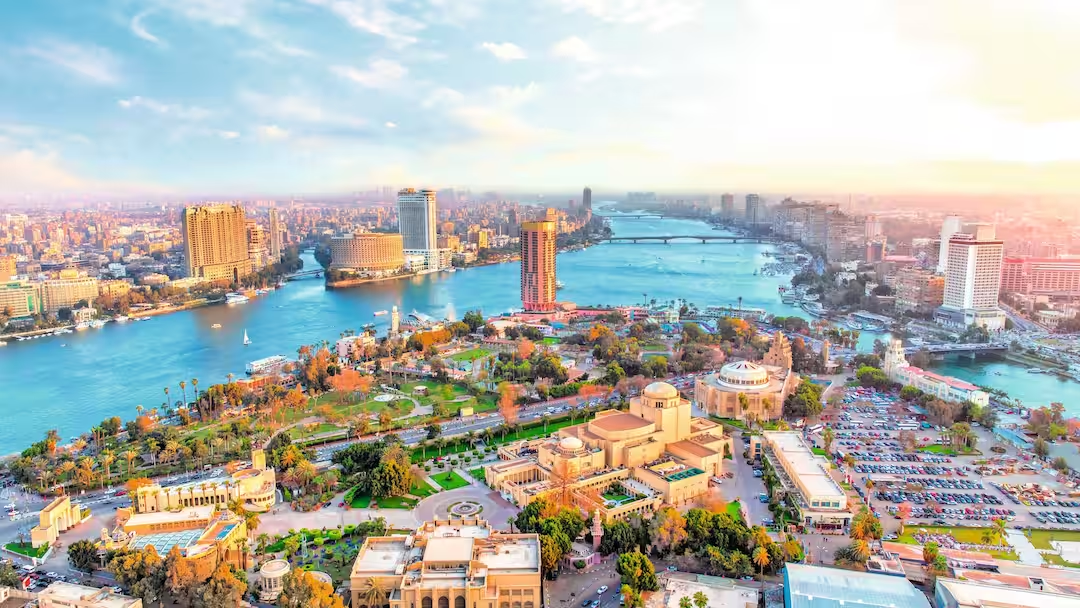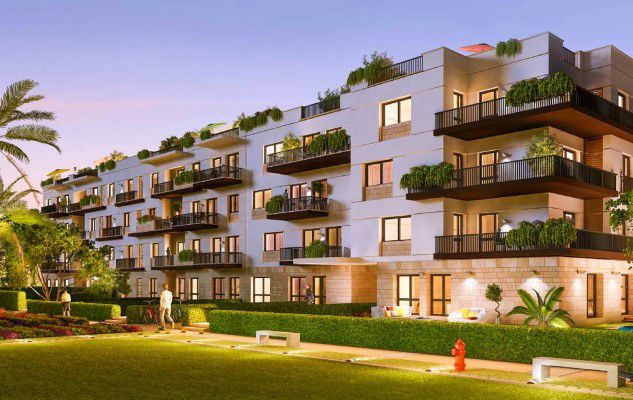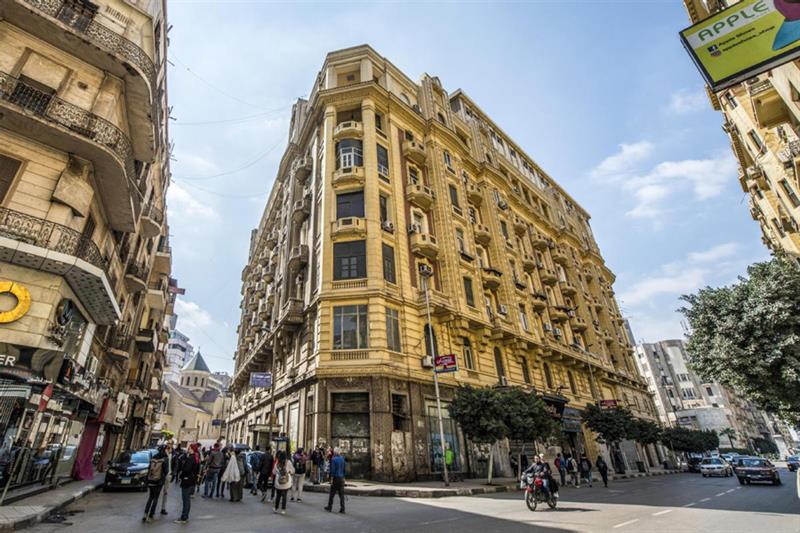Table of Contents
Toggleare you curious about Egypt’s vision 2030 and its impacts?
Egypt’s Vision 2030 is a comprehensive strategic blueprint aimed at transforming the nation into a sustainable, competitive, and inclusive economy. Announced in 2016 and aligned with the United Nations Sustainable Development Goals (SDGs), Vision 2030 outlines a series of reforms and initiatives across economic, social, and environmental sectors. One of the most transformative aspects of the vision lies in its impact on urban development—reshaping Egypt’s cities, infrastructure, and way of life in the 21st century.
Overview of Egypt’s Vision 2030
Vision 2030 is centered on three primary dimensions: economic, social, and environmental development. It seeks to improve the quality of life for Egyptians, promote balanced regional growth, support innovation, and ensure environmental sustainability. Key pillars include:
-
Economic Development: Diversifying the economy, promoting private sector engagement, and enhancing productivity.
-
Social Justice: Reducing inequality, increasing access to healthcare and education, and empowering marginalized communities.
-
Environmental Sustainability: Encouraging sustainable resource management, reducing pollution, and promoting renewable energy.
-
Urban Development: Creating new urban communities, upgrading informal settlements, and improving public transportation.
Urban development is an essential engine for achieving all these goals, and the government has prioritized it as both a challenge and an opportunity.
Urbanization Trends and Challenges in Egypt
Egypt’s urbanization has historically been concentrated along the Nile River and in key cities like Cairo and Alexandria. However, this urban concentration has led to severe overcrowding, traffic congestion, pollution, and inadequate infrastructure. Cairo, for instance, is one of the most densely populated cities in Africa, with over 20 million residents in its greater metropolitan area.
The rapid population growth, projected to reach 150 million by 2050, puts enormous pressure on existing cities. Informal settlements have proliferated, often lacking basic services such as clean water, sanitation, and electricity. These challenges demanded a national strategy—and Vision 2030 provides the framework to address them.
New Urban Communities and Mega Projects
One of the central strategies under Vision 2030 is the development of new urban communities to redistribute the population and reduce pressure on existing cities. These initiatives are managed by the New Urban Communities Authority (NUCA), under the Ministry of Housing, Utilities, and Urban Communities.
The New Administrative Capital (NAC)
Perhaps the most ambitious of Egypt’s urban projects is the construction of the New Administrative Capital (NAC), located 45 kilometers east of Cairo. Covering over 700 square kilometers, the NAC is designed to be a smart city, powered by green energy and integrated technologies. The city will house government ministries, foreign embassies, business districts, and residential neighborhoods, aiming to accommodate 6.5 million people.
Key features include:
-
Africa’s tallest skyscraper: The Iconic Tower.
-
A central park twice the size of New York’s Central Park.
-
A state-of-the-art public transportation system including monorail and electric buses.
-
Smart infrastructure for waste management, surveillance, and energy distribution.
Other New Cities
In addition to the NAC, Vision 2030 includes the development of over 20 new cities such as New Alamein, New Mansoura, and New Galala. These cities are designed with specific functions in mind:
-
New Alamein: A coastal city intended as a hub for tourism and international business.
-
New Mansoura: Located in the Nile Delta, it is focused on serving the northern governorates with modern housing and medical tourism facilities.
-
New Galala City: Built in the mountains overlooking the Red Sea, this project focuses on tourism, higher education, and sustainable development.
Sustainable Urban Planning and Green Architecture
Sustainability is at the heart of Vision 2030’s urban development agenda. The government aims to shift from traditional urban sprawl to more compact, environmentally friendly models. This involves:
-
Green Buildings: Adoption of energy-efficient building codes and materials.
-
Public Transportation: Expansion of Cairo Metro, monorail systems, and high-speed rail to reduce reliance on cars.
-
Renewable Energy: Integration of solar and wind energy into urban infrastructure.
-
Water Management: Projects focused on desalination, wastewater treatment, and smart irrigation.
Informal Settlements and Social Housing
Vision 2030 also addresses the longstanding issue of informal settlements, which house an estimated 30% of Egypt’s urban population. The government has launched several initiatives to improve or relocate these areas, emphasizing dignity and access to services.
“A Decent Life” Initiative
Launched in 2019 and expanded under Vision 2030, the “Decent Life” initiative targets Egypt’s poorest villages and informal areas by providing:
-
Clean drinking water and sanitation.
-
Electrification and infrastructure.
-
Renovated schools and hospitals.
-
Safe housing and income-generating opportunities.
So far, millions have benefited from these programs, which are viewed as a cornerstone of inclusive urban development.

Challenges and Criticisms
While Vision 2030 has led to substantial urban progress, several challenges remain:
-
Affordability: Many of the new housing units, especially in cities like the NAC, are not affordable for low- or middle-income Egyptians.
-
Connectivity: Some new cities lack effective integration with existing transport and economic networks, making them less attractive for relocation.
-
Environmental Concerns: Critics have questioned whether desert-based mega-projects are sustainable in terms of water use and ecological impact.
-
Governance: The centralized approach has led to concerns over transparency, community participation, and accountability.
Nonetheless, these issues are being addressed incrementally, with adjustments to policies and inclusion of the private sector and international partners.
Impact and Future Outlook
Despite the challenges, Vision 2030 has undeniably catalyzed a transformation in Egypt’s urban landscape. Major infrastructure developments have improved logistics, transportation, and access to services. Foreign investment in real estate and construction has surged, and new cities are creating opportunities for employment, innovation, and sustainable growth.
Looking forward, Egypt aims to:
-
Expand smart city frameworks across more urban centers.
-
Increase reliance on renewable energy in urban environments.
-
Improve digital governance and e-services for residents.
-
Promote mixed-income neighborhoods and inclusive planning.
Conclusion
Egypt’s Vision 2030 has placed urban development at the forefront of national progress. By investing in modern infrastructure, sustainable communities, and inclusive planning, the country is working to overcome its urban challenges and build a resilient future. While it is still a work in progress, the transformation underway in Egypt’s cities reflects a clear shift toward smarter, greener, and more equitable urban environments.
As the population continues to grow and the global climate crisis intensifies, the success of Vision 2030’s urban agenda will depend not only on bricks and mortar but on the ability to create livable, inclusive, and sustainable communities for all Egyptians.
Frequently Asked Questions
What is Egypt’s Vision 2030, and what are its main pillars?
Egypt’s Vision 2030 is a national strategic plan launched in 2016, aimed at transforming Egypt into a sustainable, inclusive, and competitive economy by the year 2030. It aligns with the United Nations Sustainable Development Goals (SDGs) and focuses on holistic national progress.
The main pillars of Vision 2030 are:
-
Economic Development: Enhancing productivity, fostering innovation, and increasing private sector participation.
-
Social Justice: Ensuring equitable access to services, empowering vulnerable groups, and reducing income disparities.
-
Environmental Sustainability: Promoting green energy, resource conservation, and ecological protection.
-
Urban Development: Addressing overcrowding, improving infrastructure, and creating new cities to manage population growth.
Why is urban development a critical component of Vision 2030?
Urban development is essential to Vision 2030 because Egypt faces severe urban challenges such as overpopulation in major cities, informal settlements, traffic congestion, and pollution. With Egypt’s population projected to reach 150 million by 2050, the strain on existing urban infrastructure is unsustainable.
Urban development helps to:
-
Redistribute population away from congested cities like Cairo.
-
Improve quality of life through better housing and services.
-
Promote economic growth via infrastructure development and job creation.
-
Enhance sustainability by implementing smart and green city concepts.
What is the New Administrative Capital (NAC), and what are its objectives?
The New Administrative Capital (NAC) is Egypt’s flagship urban mega-project located 45 km east of Cairo. Covering over 700 km², the NAC aims to decongest Cairo, modernize government operations, and showcase Egypt’s development ambitions.
Objectives of the NAC include:
-
Relocating government ministries and embassies to ease pressure on Cairo.
-
Building a smart city powered by renewable energy and digital infrastructure.
-
Creating residential, business, and cultural zones for over 6 million people.
-
Enhancing urban planning through modern public transportation, green spaces, and smart utilities.
How do new cities like New Alamein and New Mansoura contribute to Vision 2030?
New cities such as New Alamein and New Mansoura play a strategic role in regional development by promoting economic diversification and regional equity.
-
New Alamein: Located on the Mediterranean coast, it aims to be a tourism and international business hub with resorts, universities, and high-end housing.
-
New Mansoura: Positioned in the Nile Delta, it targets medical tourism, education, and service provision for northern governorates.
These cities support Vision 2030 by offering new economic opportunities, reducing urban pressure on traditional cities, and implementing sustainable development practices.
